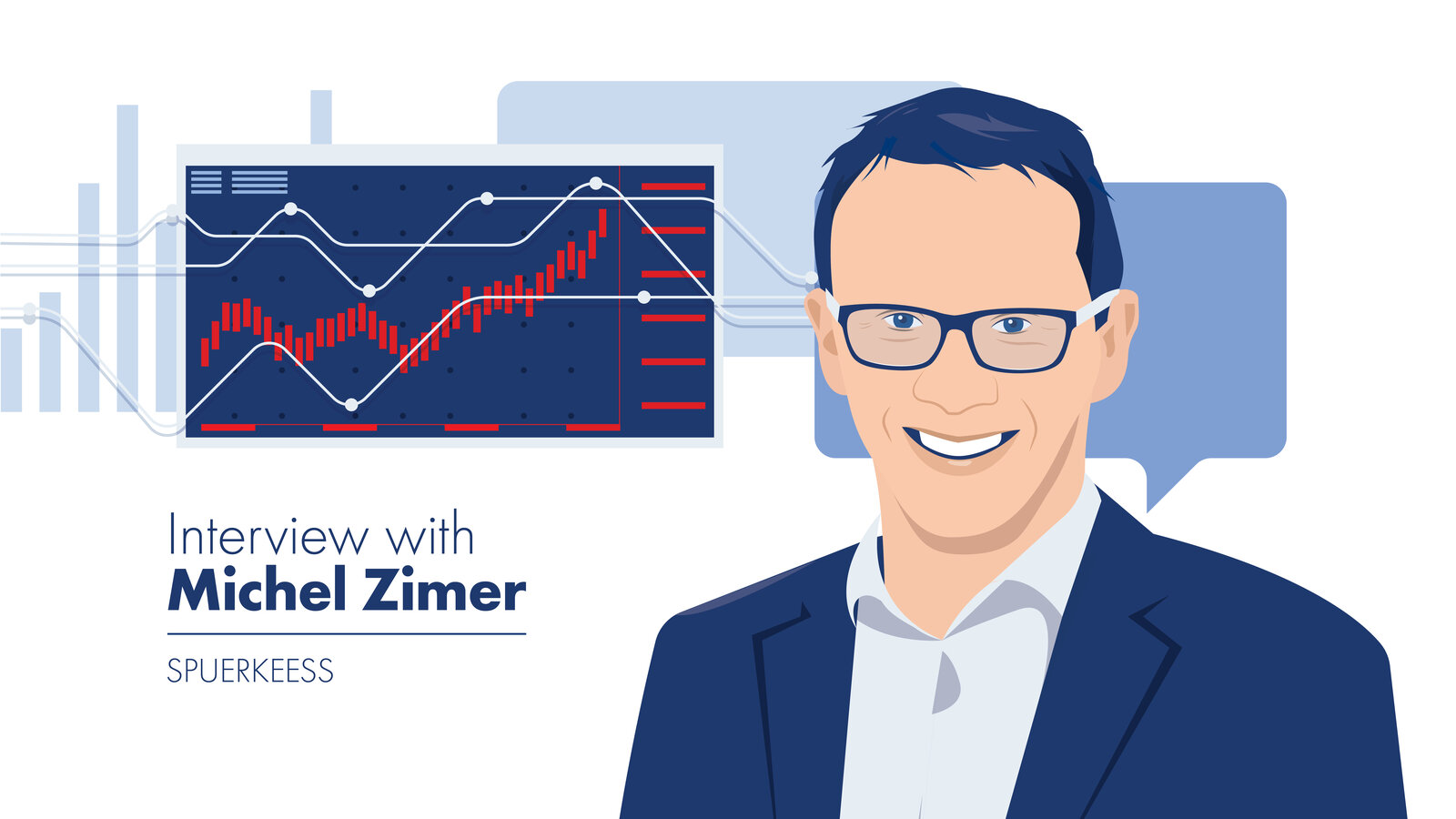Rental investment: What’s the situation with…
The new government has stated its intention to boost the housing sector and made this an urgent priority for its administration. Measures have been announced…

The figures are indeed impressive, especially considering that this trend has been repeated for several years. According to STATEC and Housing Observatory data, real estate prices climbed by an average of 14,5% in 2020 and our own analyses also confirmed this growth.
The rise in recent years can be attributed to two main factors: the balance between supply and demand and lower interest rates. In addition to these are a number of important but smaller factors such as VAT and inflation.
High property prices are a direct consequence of the clear imbalance between supply and demand for housing in our country.
The population has increased by nearly 24% in 10 years (from 512.029 in 2010 to 634.730 inhabitants in 2020, i.e. 122.701 more people to be housed). This very strong growth in the resident population was primarily driven by Luxembourg’s economic appeal.
The current supply of new homes is not keeping pace with the country's growth. Even if supply continues to rise at an incredibly fast pace, it would be unable to keep pace with demand. In the West, there is an average of 2 to 2,5 people per household. According to the latest STATEC projections, this means that between 5.600 and 7.500 additional housing units need to be created each year, depending on the economic growth scenario examined. However, only 3.987 homes were completed in 2018, with an annual household surplus of 5.390. This lack of adequate supply automatically puts upward pressure on prices, allowing only the wealthiest households to purchase real estate.
Add to that a record-low interest rate environment that allows households to borrow higher amounts while keeping the same monthly repayment. For example: with a repayment of EUR 2.000 at a rate of 1,50%, roughly EUR 550.000 can be borrowed over 30 years, but if the interest rate were 5,50% only EUR 350.000 could be borrowed. That’s a difference of EUR 200.000! To put it another way, the household’s borrowing capacity is increased by nearly 60%.
The supply-demand imbalance, combined with low interest rates, is clearly driving up real estate prices.
In the Luxembourg market, the elasticity of demand is currently very low. Price elasticity measures the sensitivity of demand for a given product to its price. For example, if the elasticity of housing demand is 0,1, a 1% increase in housing prices would reduce demand by just 0,1%.
When demand is strong but supply is unable to keep pace, price elasticity is very low, and borrowing capacity is on the rise due to falling interest rates, you basically have the three perfect ingredients needed to drive a sharp rise in prices.
Climbing construction costs (inflation, energy efficiency requirements) and VAT are, to a lesser extent, factors that can partially explain the price rise.
Other factors also have an influence on prices. In our view, however, these factors are less responsible for the phenomenal spike in real estate prices seen in recent years.
The 2015 VAT hike on leasing properties from 3% to 17% also had an impact on housing prices. In our opinion, however, this measure did not contribute to the recent price rise, given that it happened several years ago and the resulting impacts have since been largely absorbed.
New energy efficiency requirements have had an impact on construction costs, but in principle this impact should be neutral for consumers. The additional cost associated with energy efficiency requirements has to be offset not only by lower recurring expenses in terms of heating and hot water costs, but also by energy transition subsidies.
That leaves inflation. The construction price index measures, to a certain extent, the inflation of construction costs (materials, labour, overheads, etc.). Over the last 10 years, the construction price index has increased by +/- 23%, i.e. faster than inflation (+/- 15%). The effect is therefore real but "negligible" compared to the two explanatory factors mentioned above.